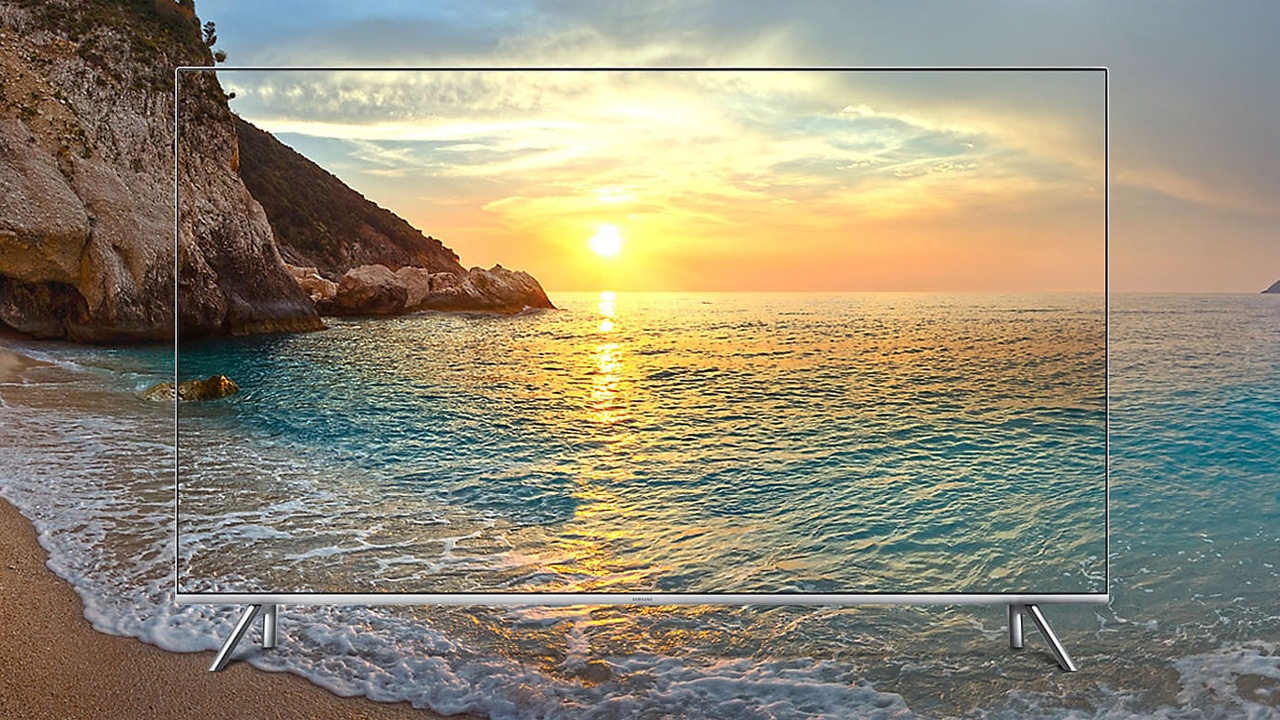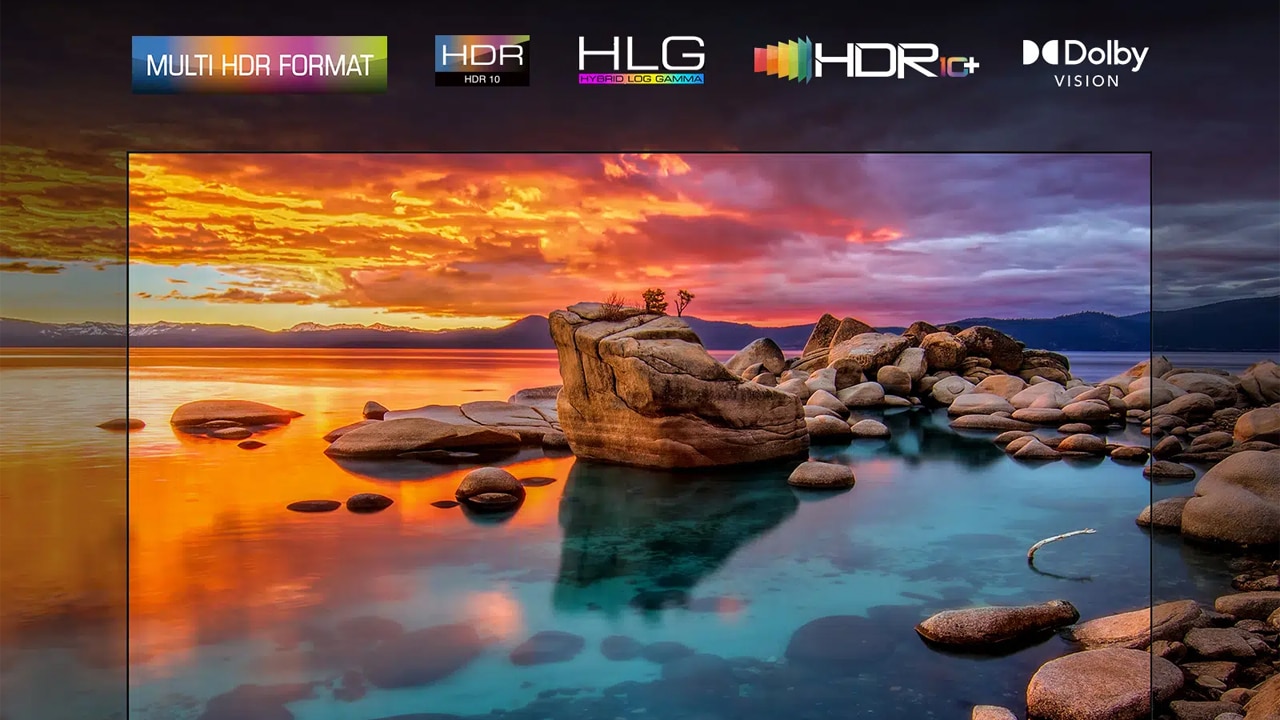Have you recently bought a new TV that promises HDR imagery? Unsure whether your new TV is actually showing content in this new format? You’re totally not alone!
Throughout this article, we’re going to make it our mission to show you exactly how to access HDR on your TV. Ready to make your content look better than ever? Let’s get right into it!
How Do You Access HDR On A Smart TV?
It’s worth noting that, if your TV is HDR-compatible, it won’t simply display all of your content in HDR. To make the most of HDR, you will need to ensure that you are accessing HDR content. As well as this, you have to make sure that any inputs, such as consoles or set-top boxes, are HDR-compatible.
If you are trying to display HDR content through an external device, you will need a high-speed HDMI cable. Generally, you should aim to have either a 2.0 or 2.1 HDMI cable to ensure HDR signals can reach your TV.
HDR is a specialised video format that can increase the colour gamut of a given TV. As well as that, HDR can also increase the range of brightness levels. This all adds up to imagery with far greater contrast!
Luckily, if your TV is HDR-compatible, and you are trying to access HDR content, then HDR will be activated automatically. You will know that HDR has been activated when you take a look at the image. HDR improves the range of colours and brightnesses that a TV can display. Content that plays in HDR will have much greater contrast!
How Many HDR Formats Are There?
It’s worth noting that there are actually five HDR formats with their own unique properties:
- HDR10
- HDR10+
- Dolby Vision
- HLG
- Advanced HDR
While this can seem a little daunting and confusing on the surface, it shouldn’t be cause for too much concern. Some smart TVs are compatible with some HDR types, while smart TVs are compatible with other HDR types. For instance, you might purchase a smart TV that has compatibility with Dolby Vision, and not HDR10+. This does not mean that you cannot access HDR10+ content, it just means that the content will not be optimised properly.
Unfortunately, if you have a TV that can only display HDR10 content, you cannot convert Dolby Vision content into a compatible HDR format. The content’s HDR format must always match the HDR compatibility of the display.
HDR actually refers to five unique video formats. Unfortunately, a TV must be capable of displaying each format type. Luckily, most content can actually be accessed in a number of HDR formats.
This can certainly be cause for frustration, but you can rest assured that most content is actually available in a range of HDR formats. If content is accessible in Dolby Vision, but your TV only supports HDR10, you can simply choose the HDR10 format. This way, you don’t have to miss out on the benefits of HDR!

What Content Makes Use Of HDR?
So what content can actually take advantage of your TV’s HDR compatibility? There’s no shortage of options, so let’s take a look at a few of them!
UHD Blu-Ray
UHD Blu-ray disks make it easier than ever to build a film and TV collection that you can view at the best resolutions. As well as providing support for 4K, UHD Blu-ray disks are also compatible with a range of HDR formats.
Simply insert your UHD Blu-ray into a compatible device, and it will play using the best HDR format for the display.
Streaming Services
Many streaming services have taken significant strides to improve the quality of their content offerings. Services like Netflix and Disney+ now offer 4K, and even HDR formats!
It’s worth noting that some streaming services, such as Netflix, may require you to pay extra for access to 4K and HDR.
Streaming in HDR is incredibly easy. Content will simply adjust to stream in the format that best suits your TV.
Gaming
Immersing yourself in digital worlds is easier than ever with HDR support. Major consoles, such as the PlayStation 5, and Xbox Series X, provide access to HDR.
The PlayStation 5, unfortunately, only provides access to the HDR10 format. It cannot display using more special formats like Dolby Vision. If you want to enjoy HDR on PlayStation 5, be sure you have a compatible TV!
The Xbox Series X, on the other hand, has support for both HDR10 and Dolby Vision. You can simply choose which format to use with your display through the system settings!
Frequently Asked Questions
How Do You Access HDR On A Smart TV?
Accessing HDR on your smart TV is incredibly easy. First, you’ll need to make sure that your TV is compatible with one of the five HDR formats. You’ll also have to check that the TV is receiving a signal from an HDR format that matches your TV’s. Once you are sure your TV is receiving the correct HDR signal, the content should automatically display in HDR!
Do Smart TVs Have HDR?
Yes. You’d actually have a difficult time trying to find a smart TV that did not support HDR. However, it’s worth noting that some smart TVs are only compatible with certain HDR signals. For instance, you may have a smart TV that is compatible with HDR10 and not Dolby Vision. In this instance, you would need to make sure you are accessing content in the HDR10 format.
Is HDR Better Than 4K?
HDR and 4K are actually very different, and cannot be directly compared. 4K refers to a specific screen resolution, made up of 3840 x 2160 pixels. HDR is not a resolution, but instead a video format. When this format is received by a compatible TV, the screen can reproduce a greater range of colours and brightness levels for improved image clarity.






0 Comments